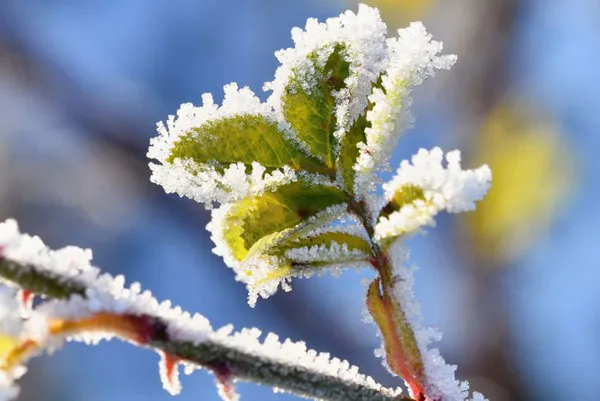Plants have developed extraordinary adaptations over millennia to survive very cold and prolonged temperatures.
As the days get shorter and the cold weather sets in, many plants "harden off." What does this mean?
The process occurs at the cellular level where there is an increase in the concentration of salts, consecutive to the decrease in water content; this process makes the tissues more resistant to the cold, preventing the freezing of water inside the cells and thus the formation of crystals that could tear the cell walls causing their death.
In this way, the plant enters a phase of vegetative stasis, in which metabolic activity slows down, and this state is called "quiescence."
The cold resistance of each plant genus is determined by its characteristics and can be defined in threshold values, i.e., maximum and minimum temperatures they can withstand. So if low-temperature conditions, as long as they are within limits, occur when the plant has reached the dormancy stage, the plant organism is not harmed. This is why the most damaging frosts are those out of season, called "late" frosts (April and May), which occur before plants are ready for them.
An example is given by wheat, an autumn-winter grass, which sown in November, and reaches the proper vegetative state to survive the winter and then flower and go into production in spring/summer.
Some plant species, on the other hand, behave differently, an example being the classic Geranium or Petunia, which do not exhibit the dormancy stage and thus are destined not to survive. At the same time, they ensure new vegetation through propagation by seeds that will germinate the following season.
Just like animals, plants have developed ingenious ways to adapt to our cold winters. From tiny aquatic plants called phytoplankton to towering trees on the land, plants are the basis of all food chains, including our own, and essential to life on Earth.
For more information
Flora Toscana
info@floratoscana.it
www.floratoscana.it
